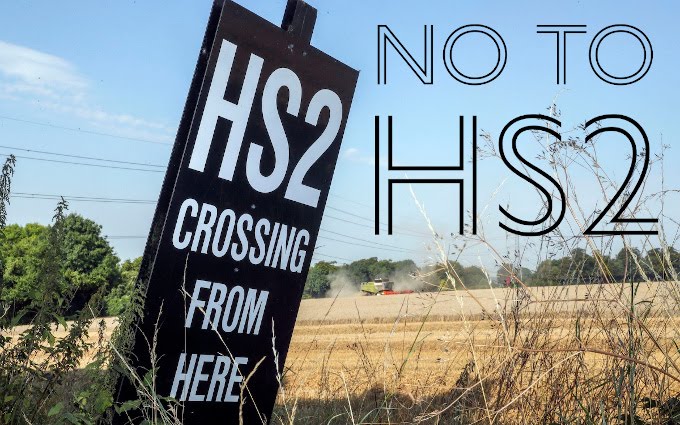- All lines beyond Glasgow, Stirling and Aberdeen
- All lines west of Exeter and Swansea
- All lines west of Chester
- Shrewsbury - Chester
- Everything not listed in my previous blog - electrification plans only scratch surface
The current plan is that main line services will be operated with the hybrid trains on order from Hitachi, but this is a costly, wasteful and ineffective solution. The performance of the trains will be inferior to the present Inter-City 125 trains on non-electrified lines and the diesel power will be needed to supplement electric traction on the electrified sections of route.
Local services are at present operated by diesel multiple unit trains. At present, the stock dates either from the end of the British Rail period or is of more recent construction. Further purchase of DMUs is likely to end. The aim is that the spread of electrification and the introduction of new electric trains will allow the oldest DMUs to be withdrawn. But it is difficult to see how this will be possible given the limited size of the electrification programme.
There is a need to develop an alternative rolling stock strategy throughout the system, in which any stock can be operated flexibly with any other stock, using different types of traction units, including both prime movers in which the energy of the fuel is converted to mechanical power on the train itself, and under electric power. Such a unit is of course known as a locomotive.

No comments:
Post a Comment